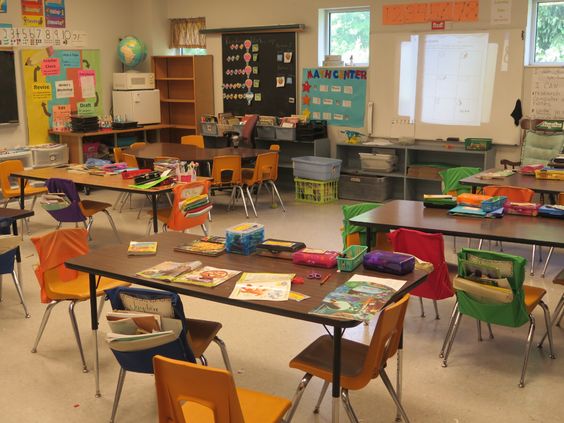In a unique and innovative response to the ongoing debate surrounding school reopening amid the COVID-19 pandemic, a Chicago teacher has made headlines by choosing to hold classes outdoors. This action stands as both a protest against the current school reopening plan and a demonstration of alternative safety measures to protect students, teachers, and communities.
The Chicago Public Schools system (CPS), the third-largest school district in the United States, has faced intensified debate as parents, teachers, and administrators grapple with determining the best course of action for proceeding with education in a rapidly changing environment. While there have been a variety of reopening plans put forth with various degrees of remote and in-person learning, concerns remain regarding student safety and the ability for teachers to effectively deliver their curriculum.
The teacher at the center of this story, who wishes to remain anonymous, believes that the CPS’s current hybrid model fails to account for all potential risks involved in returning to in-person learning – including exposure to COVID-19. They argue that the outdoor classroom offers a creative solution, enabling students to physically attend class while maintaining social distancing guidelines and reducing risks associated with indoor transmission.
Parents and community members have voiced their support for this inventive approach. Local businesses have lent outdoor seating and supplies for setting up makeshift outdoor classrooms around the school grounds. Students seem eager to engage in this new form of learning as well – anecdotal reports suggest increased enthusiasm for attending class, increased focus during lessons, and heightened engagement with peers during assignments.
The unconventional methodology adopted by this Chicago educator has caught the attention of educational professionals from other regions as well. Some are lauding this teacher’s actions as an example of adaptability and problem-solving skill; others express skepticism about the feasibility of implementing similar strategies during colder months or through extended periods of time.
As districts across the country continue to adjust their reopening plans according to local circumstances, it’s evident that educators and administrators alike will need to be open to considering alternative means for ensuring the health, safety, and education of their students. Whether or not outdoor classrooms become a widely adopted practice will depend on how they are demonstrated as an effective model of instruction during these unprecedented times.
This instance serves as a reminder that while schools face ongoing uncertainty and challenges, resourcefulness among the nation’s educators remains a constant in the pursuit of quality education for all as they continue to adapt and find imaginative solutions amidst the ongoing pandemic.











